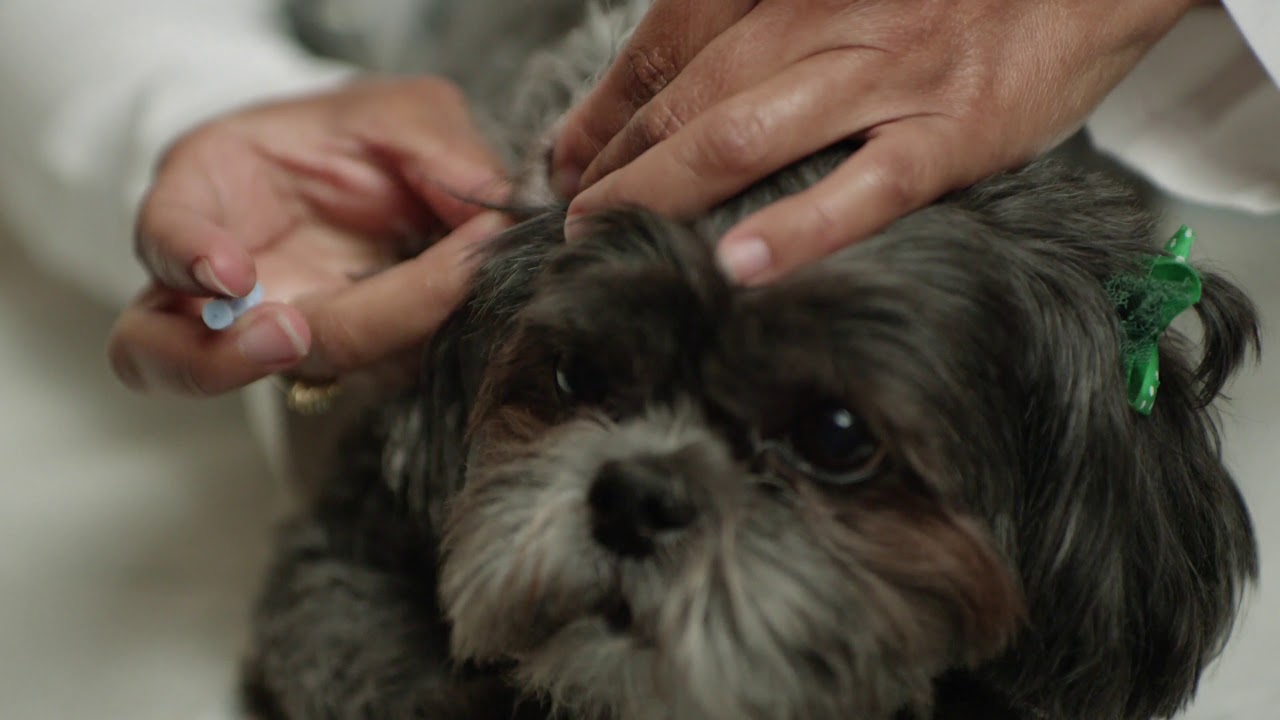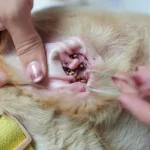Pet owners often come across unusual discharges in their dogs, especially in the genital area, which can raise concerns about their dog’s health. One such condition that can seem alarming but is often normal is Smegma In Dogs. This article explains What Is Smegma In Dogs, its causes, how to manage it, and when to seek veterinary help.

Content
What Is Smegma In Dogs?
Smegma In Dogs refers to the yellowish, white, or greenish discharge that accumulates around the penis or vulva of dogs. It is a mix of dead skin cells, oils, and moisture. While it may look concerning, in many cases, this discharge is completely normal and is part of the body’s natural cleaning process.
In male dogs, this discharge is often seen around the sheath and may cause the dog to lick the area frequently. What Is Smegma In Dogs is a common question among new dog owners, but understanding that it’s a natural occurrence can provide reassurance.
Smegma In Female Dogs and Puppies
Though most commonly associated with male dogs, Smegma In Female Dogs can also occur. Female dogs may develop a similar discharge around their vulva. It may be more noticeable during heat cycles or if the dog is not spayed.
In younger dogs, particularly Smegma In Puppies, the immune system is still developing, and hygiene behaviors may not be fully established. This can cause a slightly more noticeable discharge, which is typically nothing to worry about unless it is accompanied by redness, swelling, or a foul odor.
How To Stop Smegma In Dogs
If the discharge becomes excessive or has a strong smell, it might be necessary to consider How To Stop Smegma In Dogs. While complete elimination may not be possible — since it’s often a natural bodily function — it can be managed through good hygiene and observation.
Here are a few steps to reduce smegma buildup:
- Gently clean the area with a soft cloth and warm water once a day.
- Avoid using harsh soaps or chemicals that could irritate sensitive skin.
- Monitor the dog’s behavior for excessive licking or discomfort.
Routine grooming and cleaning can help prevent complications and reduce the risk of infections.
When Smegma Is a Concern
Sometimes, Dog Smegma Or Infection is hard to differentiate. If the discharge turns greenish, has a foul odor, or the dog seems to be in pain, it could indicate an infection. Green Smegma Dog cases are more likely to be caused by bacterial infections or underlying medical conditions.
Also, if your dog is persistently licking the area, seems to be in discomfort, or the area is red and swollen, consult a veterinarian immediately.
How To Treat Smegma In Dogs

When hygiene alone isn’t enough, you may need to explore How To Treat Smegma In Dogs medically. A vet may perform a physical examination and recommend treatment based on the underlying cause. This might include:
- Antibiotics for infections
- Anti-inflammatory medications
- Topical ointments to soothe irritation
In severe or recurrent cases, especially where there’s pain or behavioral changes, further tests such as urinalysis or blood work may be necessary.
Final Thoughts
Smegma In Dogs can be perfectly normal, especially in unneutered males. However, being aware of the symptoms of abnormal discharge ensures your pet gets prompt medical attention when needed. Regular cleaning and observation go a long way in maintaining your dog’s hygiene and comfort. Remember, most cases are manageable at home, but don’t hesitate to seek veterinary help when in doubt. If you’re also a cat owner, you might want to read our guide on Cat Ear Infection to understand the symptoms, causes, and treatment options.
Is dog smegma normal?
Yes, in most cases, dog smegma is a normal bodily secretion. It helps clean the genital area and usually doesn’t require treatment unless accompanied by other symptoms.
Why does my male dog leak yellow discharge?
The yellow discharge is typically smegma, which is a mix of dead skin cells and oils. It is common in unneutered males and often harmless unless it changes in color or smell.
How to get rid of smegma?
Mild cases can be managed with daily cleaning using warm water and a soft cloth. If it becomes excessive or foul-smelling, veterinary treatment may be necessary.
Why does my dog keep licking his private area and it’s red?
Excessive licking combined with redness could indicate irritation, infection, or an allergy. It’s best to consult a vet for a proper diagnosis and treatment.

Join Felipe Clark on a heartwarming journey through the world of pet adoption. He’s a true advocate for shelter animals, sharing stories that tug at the heartstrings and inspire adoption.















